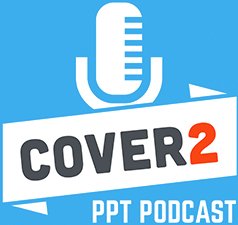Greg interviews Dr. Sandra Block, a Medical Director of the Adult Pediatric Sleep Center in Buffalo Medical Group in Buffalo, New York and the author of What the Opioid Epidemic Looks Like on the Screen of a Brain Scan. Dr. Block has been practicing neurology for 20 years and recently noticed a difference in the EEGs coinciding with the rise of the opioid epidemic.
Greg asks Dr. Block about the changes she noticed since the start of the opioid crisis. Dr. Block explains that when you’re reading EEGs regularly you become accustomed to seeing both normal and abnormal scans due to seizures, liver failure, or heart attacks. However, she’s seen a recent shift and trend in the patients presenting these abnormal scans. “One of the things that you [look] at is after a heart attack where someone has been found hours later [and] the brain has been starved of oxygen – you’re really looking at a pattern that is either brain death or close to brain death and that’s something that we’re used to seeing… But what I’ve been seeing more and more is that when you look at these patterns they’re in these younger birthdays – someone who’s 20 years old and you look at the history that the technician gives you and see ‘found history of multi-substance abuse, ‘ ‘found three hours later,’ or different stories that tell you sort of the sad story that they’ve been overdosed and this is now their brain functioning, which is very poor at that point… you don’t expect to see these in young patients and that’s what I’m seeing more and more.”
Listen to the podcast to discover what causes these changes in the brain and if they can be reversed for patients who have suffered an overdose.





Leave A Comment